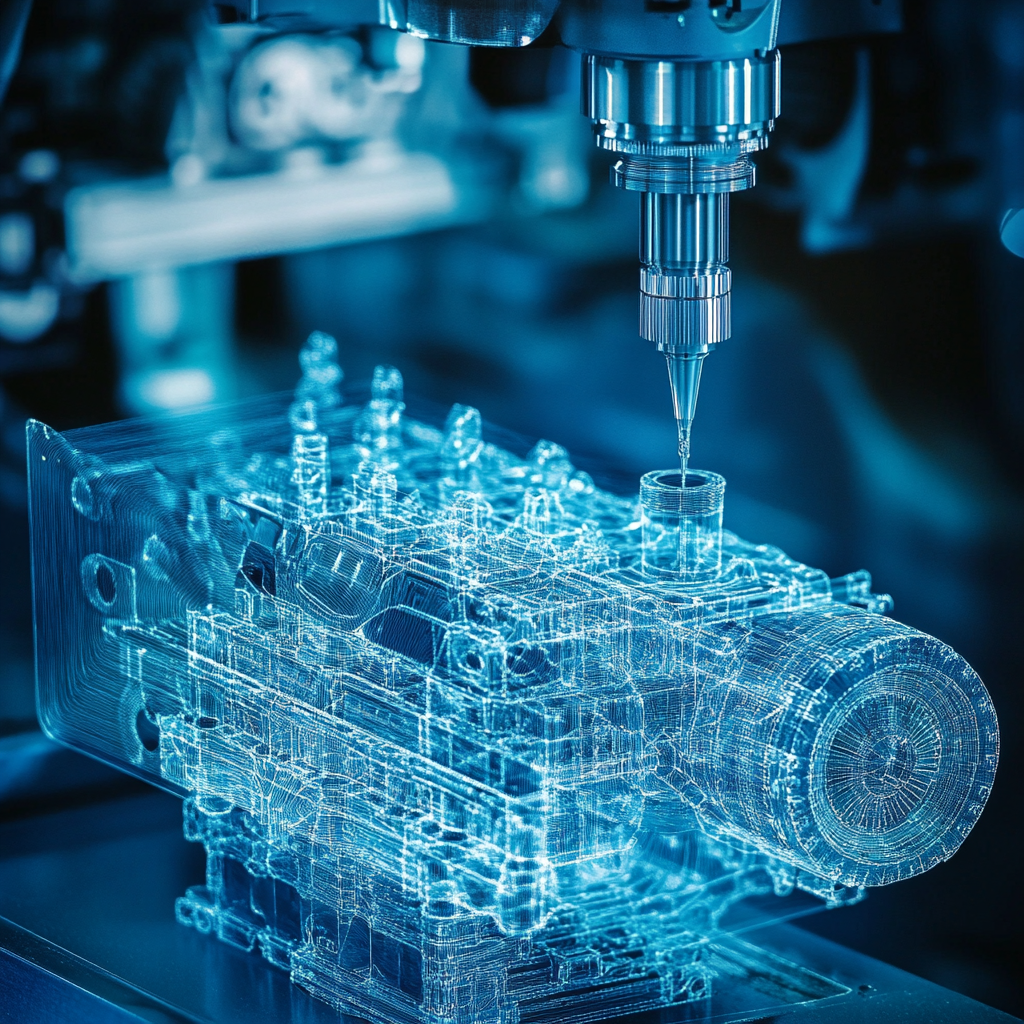What You Need to Know About Hybrid Design in CATIA V5
As you learn more about CATIA V5, you’ll find out quicker ways to make more accurate parts. A big upgrade to your design work in CATIA is to swap to hybrid designs.
These can save you time and perform more functions than non-hybrid designs can.
In this guide, we’ll tell you what you need to know about hybrid designs in CATIA V5. We’ll explain how it works, what it is, and some tangible benefits of a hybrid design.
What Is Hybrid CATIA V5 Design?
A hybrid CATIA V5 design combines solids, wireframes, and geometries into a single part of the specification tree. As you add new features, they’ll appear under the same PartBody with a new number next to the name.
For example, let’s say you have hybrid design enabled on CATIA V5 and you perform four Hole commands in a row. Under the same PartBody, you’ll notice Hole 1, Hole 2, Hole 3, and Hole 4 all under one another. They’ll break down to show the sketch used if you further expand any of the hole features.
If you use modern CATIA V5 and start a new drawing, hybrid is enabled by default.
In fact, any feature or geometry you add to your part will show up under the same PartBody. With a single click of the plus or minus symbol next to this PartBody, you can expand or collapse the full tree without additional clicks.
If you disable hybrid design and do the same thing, then you’ll notice a number of different PartBody breakdowns associated with each Hole you made.
In a non-hybrid design, clicking Sketch 1 will also show all the work from Sketch 4. With a hybrid system, opening Sketch 1 only shows Sketch 1 and nothing else. You cannot draw references from later sketches.
To put it simply, a hybrid CATIA V5 design shows you the process in which you performed features and isolates them all. Sure, you can see the final part with all the Pads, Holes, and sketches — but, future features will now show up in the early sketches.
This is a great way to segment parts and get rid of confusion. Since it’s sequential, it’s easy to visualize what’s going on and understand the process.
Benefits of Hybrid Design in CATIA V5
There are a number of reasons why you might use a hybrid design in CATIA V5. Let’s review some of the more prevalent reasons.
Easy to Make Parts Solid
A common downside of CAD modeling is closing off all the features and combining them to make a solid part. With a hybrid design, this becomes a lot easier.
Non-hybrid systems have a lot of overlap, so making a Pad can be more difficult. You might just select areas between sketches, which will mess up the whole part.
Since the features in a hybrid system are added sequentially, you can only work with one sketch at a time. While this might sound like extra work, it actually expedites the process.
Quicker to Use, After Learning the System
Speaking of expediting the process, a hybrid design on CATIA V5 is a lot faster to use. A lot of users complain that it’s slower, but that’s because they’ve only worked in non-hybrid systems in the past. Once you get through the learning curve associated with hybrid CATIA V5 modeling, then you’ll see how much quicker it is.
Our designers mention that hybrid systems are easier because they work the same way our brains do. The specification tree tackles one feature and one sketch at a time, so the extra confusion goes away.
Combines All Features Together
Whenever features can be combined together, your life can be a little easier. That’s what happens in a hybrid CATIA V5 model. You’ll have all the features and sketches together under the same PartBody, so you don’t have to go searching for that one Pad you made somewhere on the part.
The Hierarchy Helps Order Your Part
What happens if you get to the end of your part and realize the earlier Pad should have been a little wider? With iterative designs, hybrid models help a lot.
Everything is laid out as a hierarchy. The children components report directly to the parent features. The hierarchy is very clear, easy to understand, and very easy to change.
By going up the tree and changing an earlier feature, the final part will automatically update and change the associated sketches down the line. This helps with ordering everything as well as making changes.
Power Copies are Easier to Make
A Power Copy in CATIA V5 is how you make patterns or copied elements. If you want to add four blocks that are evenly spaced, then you would use a Power Copy. The problem with non-hybrid CATIA V5 drawings is that Power Copies can’t pull from different trees in the specification tree.
With a hybrid system, you can easily do this. This feature can save you a lot of time on each project.
Conclusion
Using a hybrid design in CATIA V5 is a great way to save time during your project. Once you learn how to use a hybrid design, you’ll notice how much faster it is, and the added functionality.
To get professional-grade hybrid designs done in CATIA V5 fast and affordably, reach out to CAD/CAM Services. We are a full-service drafting and engineering company that can help with your projects. Get a free quote to get started.
Recent Posts


5 Common CAD Mistakes and How to Avoid Them
We came up with 5 common issues that we see, and our expert advice when it comes to avoiding these issues.

Techniques to Save Money on Manufacturing Your 3D CAD Model
Our team of outsourced CAD experts wants to talk about ways that your engineering team can save money on manufacturing with each 3D CAD model in 2024.

Shortcuts to Save Time on CAD Conversions
a quick tip to save money on each of your CAD conversions
